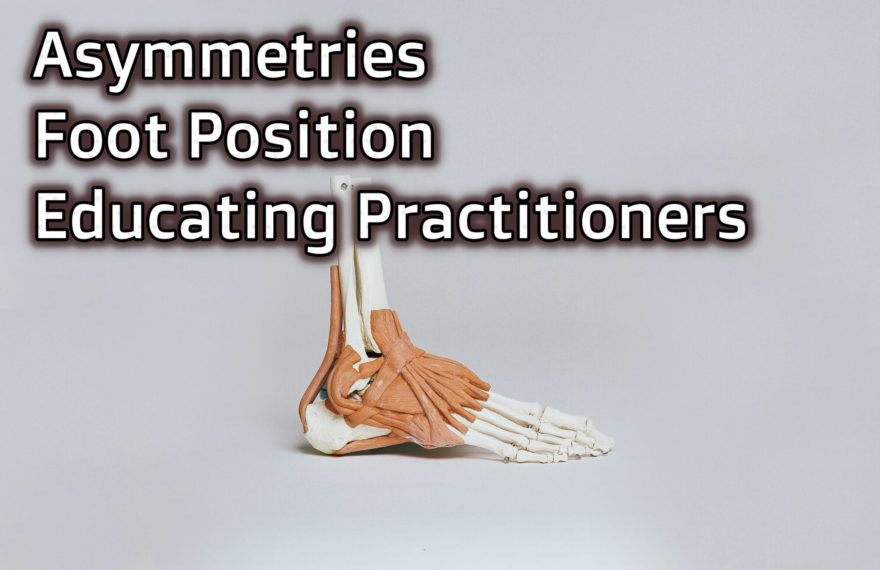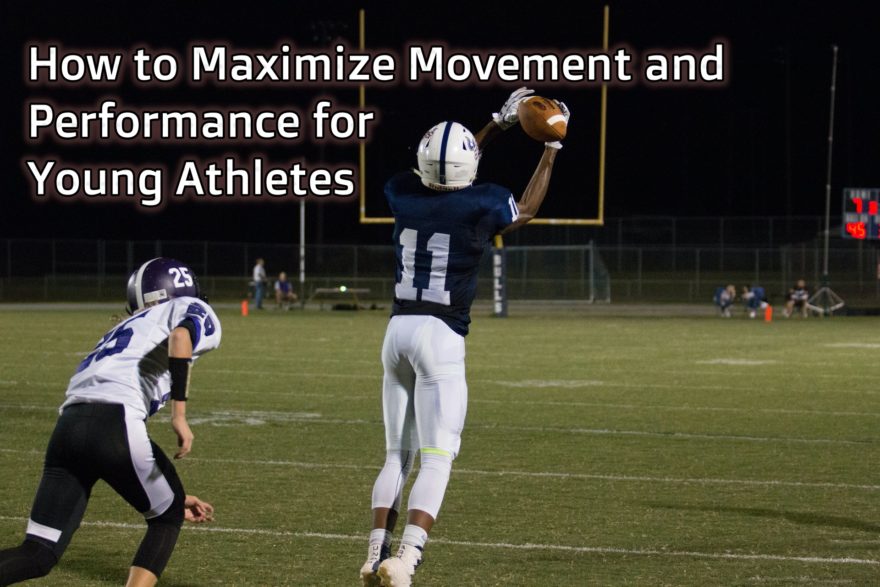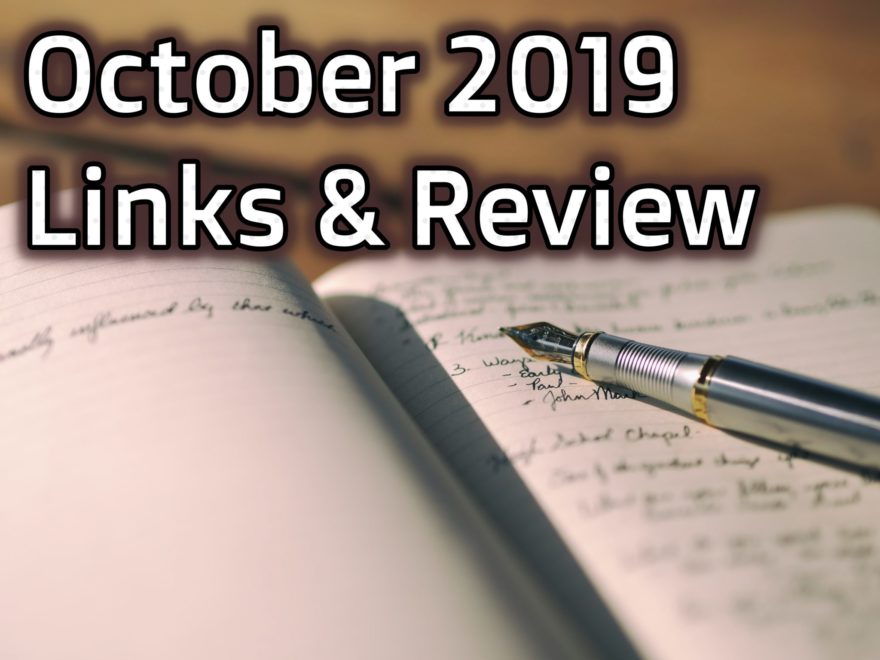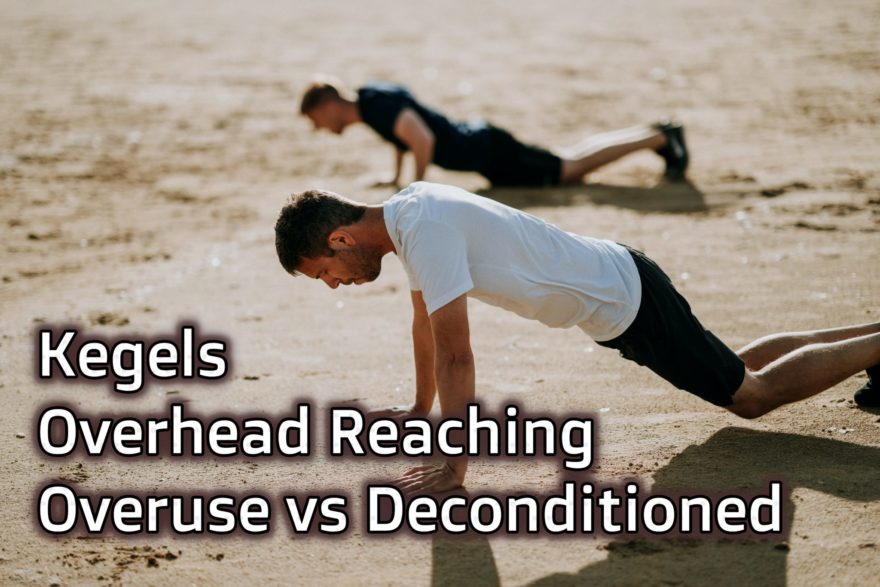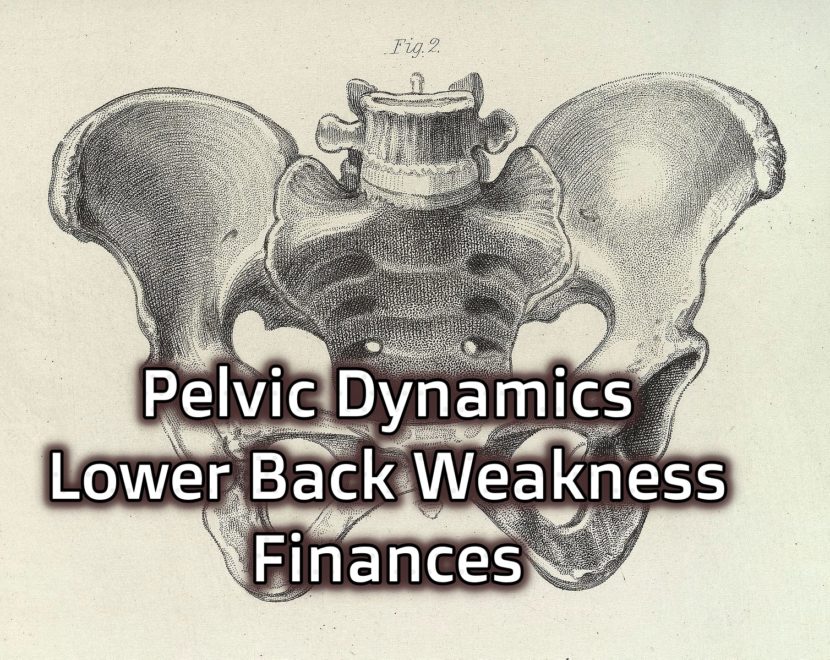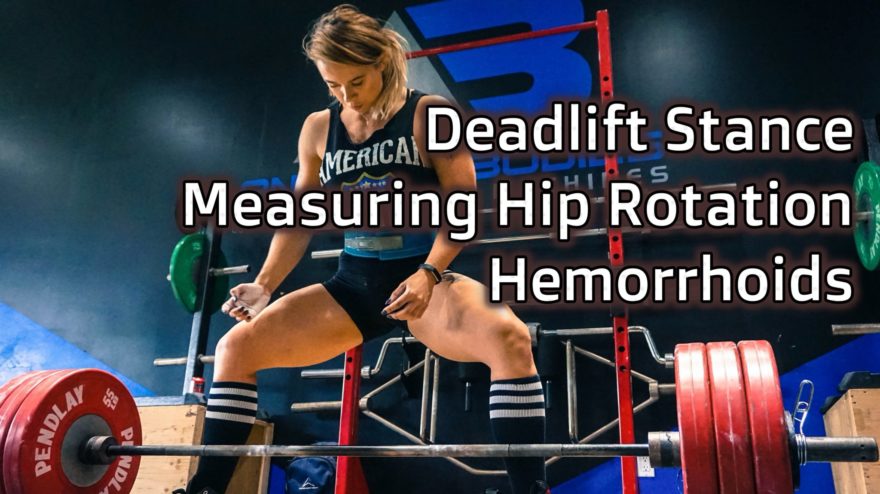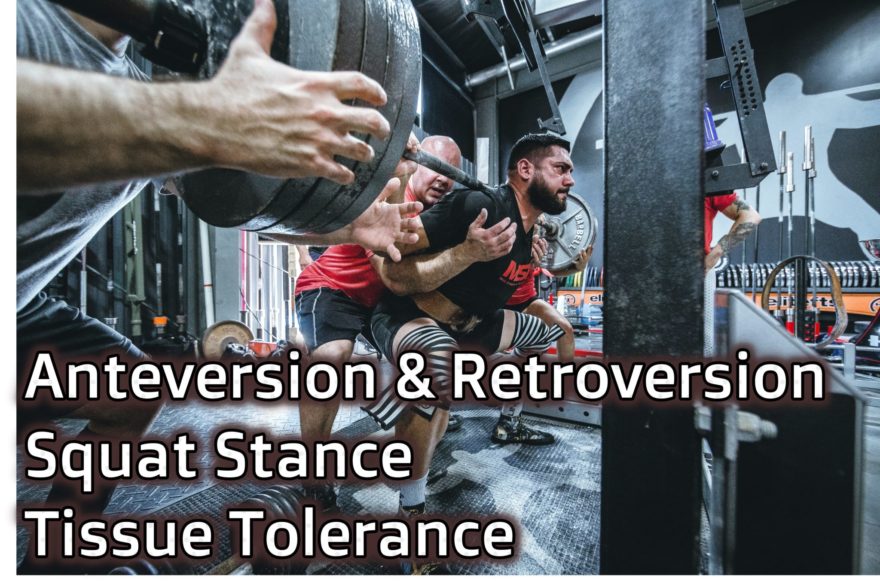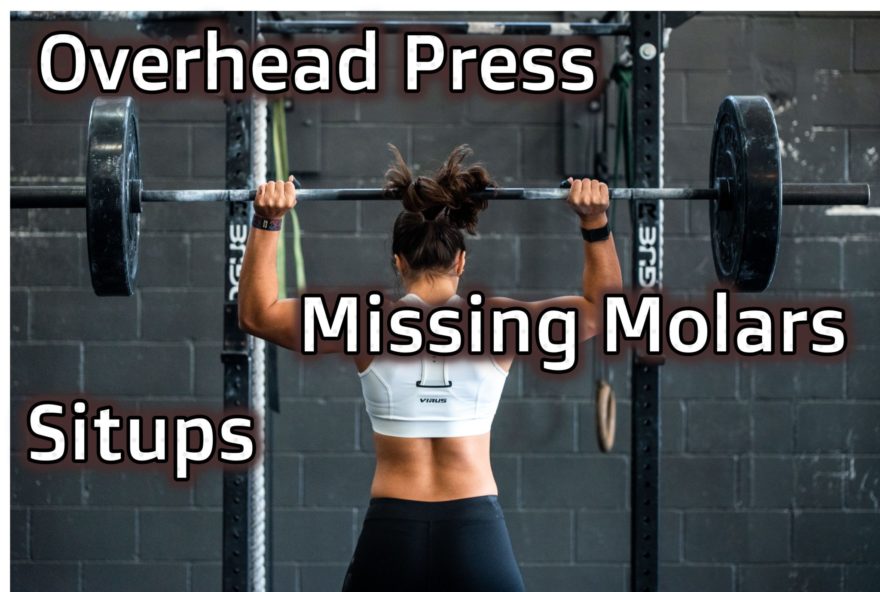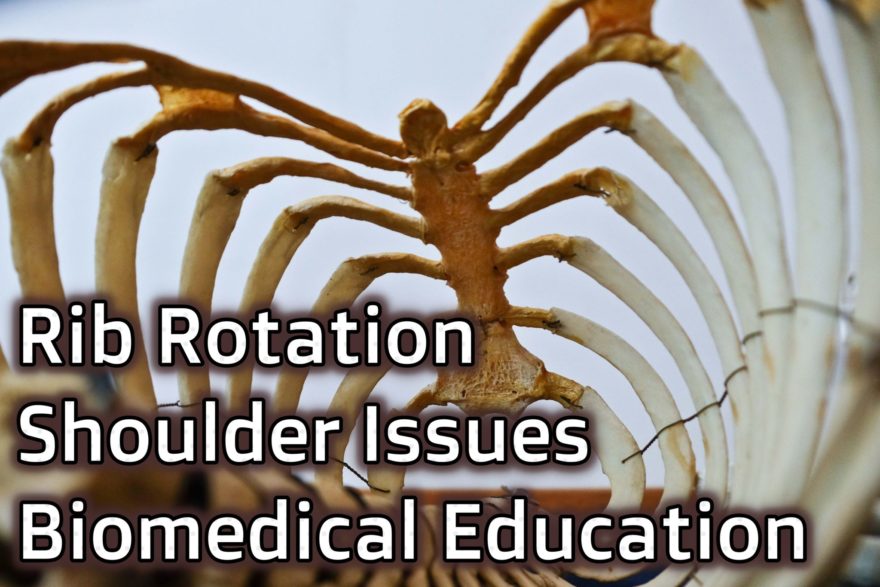Strength and conditioning for young football players is a bit, oh how do I put it…. Outdated When you take young kids who are just starting to figure out their bodies and start benching, squatting, deadlifting, and cleaning with reckless abandon, problems often ensue. Let’s face it, when’s the last time you saw a pretty back squat come from a freshmen in high school? Perhaps this area needs a shift in focus. There is an incredible amount of research showing that beginners can get fitness improvements with just about anything, so why not teach kids to master movement fundamentals? Why go for the bazooka when a handgun will work just fine. This topic is one of many that we discussed on the QB Docs Podcast. Below is the list of topics we covered: We know that starting strength and conditioning at an early age is a myth. What should kids start out doing at an early age? Where does breathing fit into performance? Is breathing a learned skill?How do I know if I’m limited in my breathing ability? How does breathing affect mobility? In what ways? Why is this important for athletes? What does hyperinflation mean for performance of the athlete? What are the specific implications for a rotational athlete such as a QB? For the high school athlete out there that is struggling with some basic movement skills,what would your advice be for him/her? Do we really have to perfect the bodyweight squat before we load the movement? The
Read More

